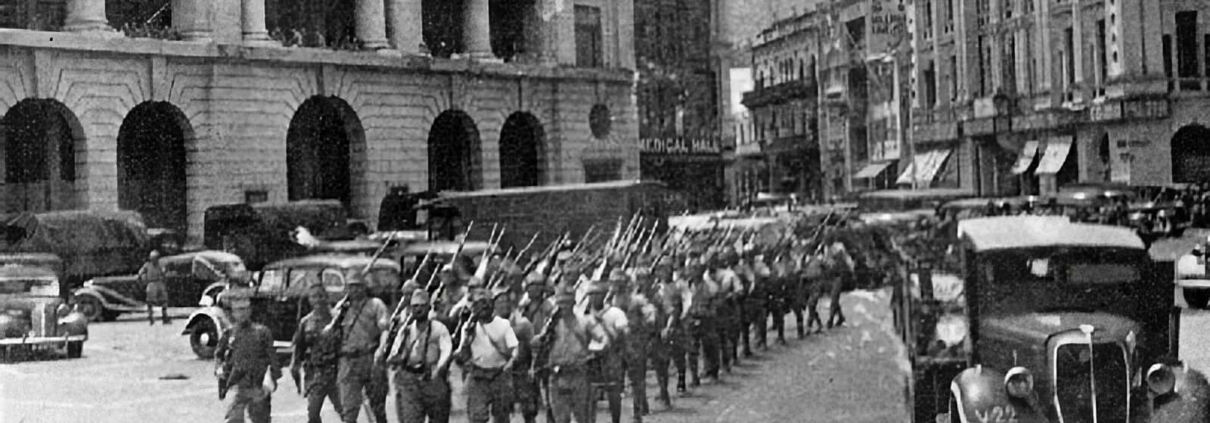Pt. 3: From Budding Democracy to War-hungry Axis Power
Population in 1940: 73 million people
The Great Depression had a ripple effect on the Japanese economy, leading to an economic downturn that led to a political shift towards militarism and colonization of neighboring Asian countries as a way for Japan to continue growing its economy.
While Japan kept growing, its ever-growing need for cheap energy led to a growing dependence on trade and importation of crude oil from overseas. Unfortunately, this quickly shifted into a dark period for the nation as the Japanese state became increasingly militaristic and began taking over neighboring Asian nations by force in order to grow the Japanese economy and create vassal states. In the span of a few decades, Japan went from Westernizing itself to avoid colonization to becoming a colonizer.
This is where Japan’s history took a dark turn, with Japan successfully occupying Manchuria (Northeast China), the Korean peninsula, and Taiwan, and this colonization effort expanded rapidly after Japan became an Axis power and initiated WWII with a brutal attack on Pearl Harbor, in an effort to neutralize the United States’ Pacific fleet.
During WWII, the Japanese launched offensives against Allied forces in East and Southeast Asia, with simultaneous attacks in British Hong Kong, British Malaya (modern day Malaysia) and the Philippines. At one point the Empire of Japan also controlled Singapore, Malaya, Borneo, Central Java, Malang, Cebu, Sumatra, and Dutch New Guinea of the late Dutch East Indies. The island conquests were driven by Japan’s unending need for more oil in light of embargos by Allied nations. The Japanese consolidated their lines of oil supply through capturing key islands of the Pacific, including Guadalcanal.



